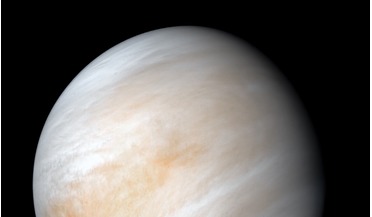 16 September 2020
Breakthrough Initiatives to fund a study into the possibility of aerial life in Venus' atmosphere
16 September 2020
Breakthrough Initiatives to fund a study into the possibility of aerial life in Venus' atmosphere
... in the clouds of Venus. The study is inspired by the discovery announced yesterday, of the gas phosphine, considered a potential biosignature, in the planet’s atmosphere. The science team undertaking the research will comprise world-class physicists...
 November 2025
Searching for life beyond Earth
November 2025
Searching for life beyond Earth
...and determine the unknown UV absorber in the clouds. From your perspective, what are the most promising biosignature gases or chemical markers we should be looking for in exoplanet atmospheres? There isn’t a definitive answer to this question. Oxygen...
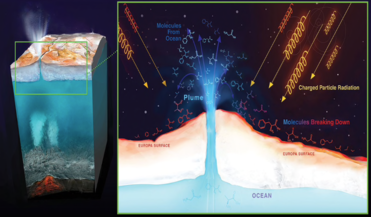 25 July 2018
Radiation on Europa dictates where search for life begins
25 July 2018
Radiation on Europa dictates where search for life begins
.... "If we know what that fingerprint looks like, we can better understand the nature of any organics and possible biosignatures that might be detected with future missions, be they spacecraft that fly by or land on Europa.” With this information...
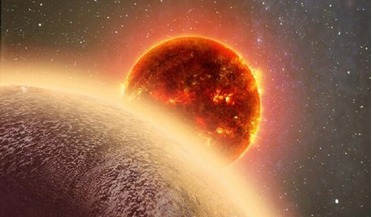 02 March 2016
Using MUSCLES to test for life on other planets
02 March 2016
Using MUSCLES to test for life on other planets
... detected. The ultraviolet (UV) stellar spectrum of a host star is therefore critical to the definition and interpretation of biosignature gases on its planet and without the stellar UV spectrum, scientists cannot produce realistic synthetic spectra...
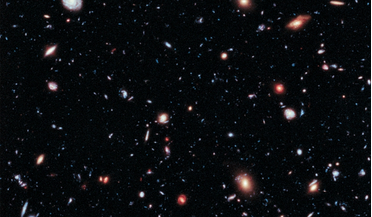 November 2020
The alien hunter’s field manual
November 2020
The alien hunter’s field manual
... world. First light is targeted for 2025. As an example, let’s restrict our attention to the measurement of a single type of biosignature; in this case, trying to determine its occurrence rate will have an inherent uncertainty due to the small number...
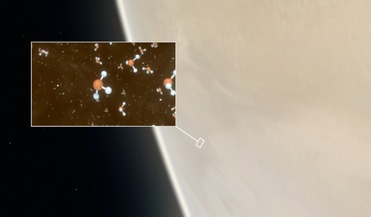 14 September 2020
Possible signs of microbial life found in Venus' atmosphere
14 September 2020
Possible signs of microbial life found in Venus' atmosphere
... out. One other way of detecting life on another planet without leaving the comforts of Earth, is to hunt for biosignatures. Biosignatures are chemical species that may indicate the presence of life. Oxygen or O2 is a natural starting point for many...